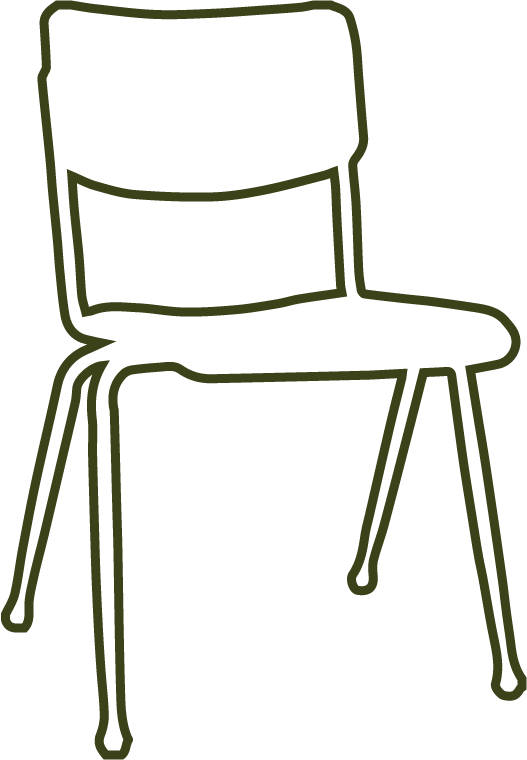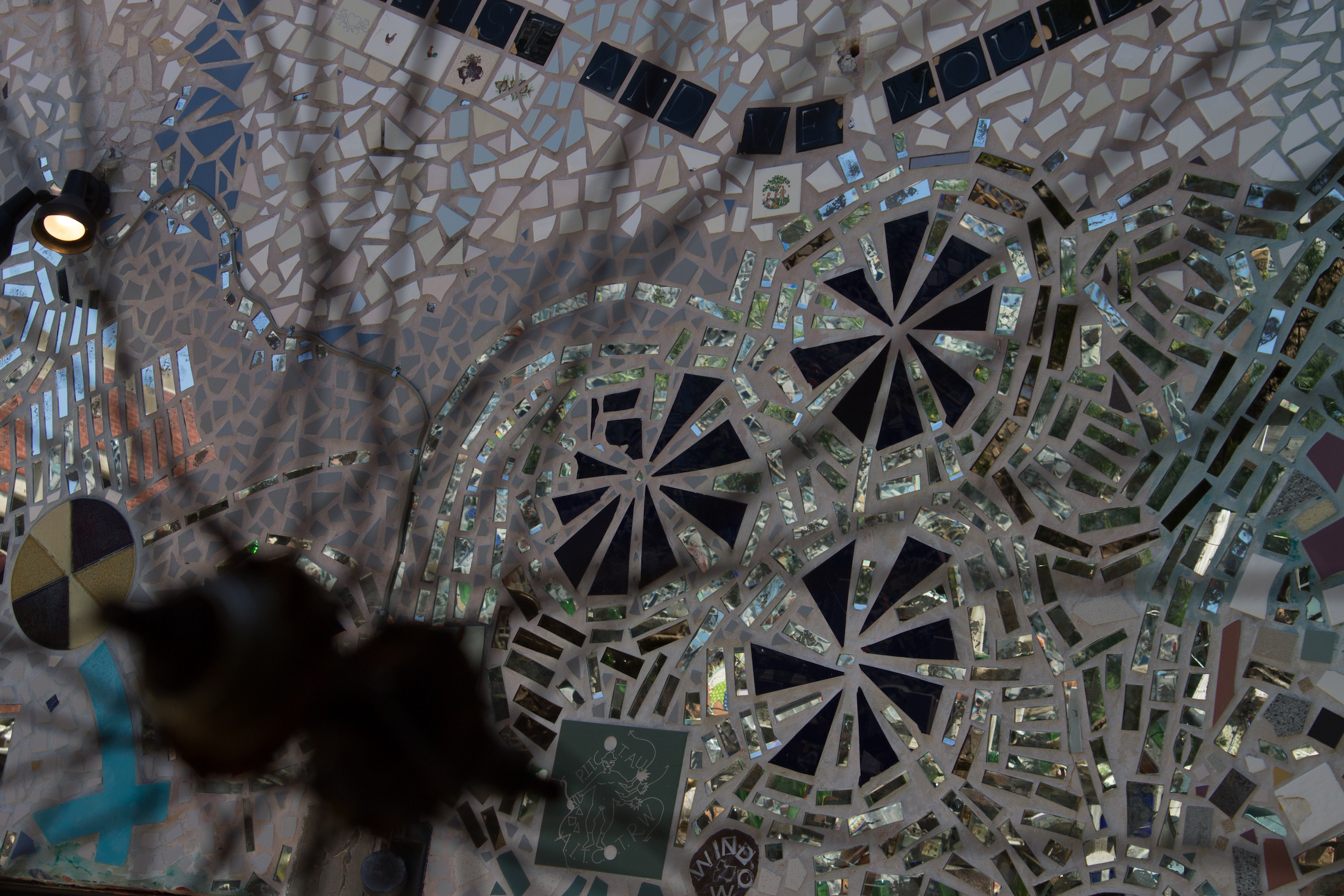We depend throughout this book on the work of other scholars, rely on their words and ideas to think with-and-through, to take us deeper in. We smile, shake our heads at Bruno Latour’s fatherly caution that a “paper that does not have references is like a child without an escort walking in the night in a big city it does not know: isolated, lost, anything may happen to it.” And yet we do draw heavily on theory, seeking and struggling with and reveling in it to expand, elucidate, test the limits of our own experiences. Turning to others’ thinking gets us mired, helps us see things in new ways…
Some readers enjoy following these “escorts,” find the references compelling:
Others worry that they lose us in these abstractions:
Others testify to a loss, not of us, but of themselves. Feel shut out:
As we write and re-write, the titles of our chapters morph. In our initial proposal, each title figures an identity: we line up race, gender, social class, even as we acknowledge the leakiness of each. In a later version, each title names a place: the classroom, the jail, various field sites. Eventually we find ourselves shifting from
understanding less as a noun (an ascribed set of traits) than a verb, something through which we move (again and again), both in and out
—Clare, Kevin, Jody, Anne, ”Reassembling”
Moving from selves, to sites, to ways of being. And doing.
David Bohm explains that the edgy field of eco-linguistics focuses on how language structure influences and shapes our thinking, how conventional English usage—such as the usual ordering of subject-verb-object (as in “Anne calls the class to order”)–invites, even forces, us to imagine a world made up of separate entities that are fixed and static. Eco-linguists like Andrew Goatley experiment with changing such common structures, giving a more prominent role, for instance, to the verb, making sentences more reflective of unbroken, undivided movement (“Called to order, conversing happens…”?).
Slowly, our verbs themselves begin to shift, from root forms to present participles.
Gerunds take over, become subjects, complements, objects of sentences.
Titles. Entitled. Titling.
Moving from past to present tense.
…it’s by writing… by stepping back a bit from the real thing to look at it, that we are most present.
—Alison Bechdel, Are You My Mother? A Comic Drama
Experimenting with presenting everything in the continuous present.
…altering “the experience of being in linear time,” “the way we normally separate and sequence the past, the present and the future…. Acknowledging the porosity of time, the fluidity of temporality…
—Jody, “Leaking”
And so puzzling some readers:
Or less?
Seeking a more relaxed, hammock-like way of thinking about what happens in educational practice, one in which the shared time we occupy in classrooms gives “space” to a more capacious sense of phenomenological time, one in which past, present and future are intertwined.
—Clare and Anne, ”Unbecoming”
We add some dates. Take out others. Mix it up.
Time-play is allusive. Sometimes incoherent or lacking a clear referent. Like some of our photographs.
All those images that force things to stop for a moment.
—Claudia Rankine, reprised in ”Silencing”
Elusive, evocative; not clearly directional. Or directive.
Maybe we need a map. A friend, Betsy Reese, cautions that
Can we be so direct and explicit about what we are up to? Do we always know what we mean?
Do we lose, thereby, the evocative? The peripheral glance? Our own sense of on-going discovery?
Can we put into writing some form of
design for access, not knowing what we don’t know about our [readers and their] needs? How might…we acknowledge the unpredictability of uptake, the possibility of being taken unaware? Can we reimagine accessibility…as ambient ubiquitous interface, shaped by surrounding social forces?
—Clare, Kevin, Jody, Anne, ”Reassembling”
Can we write more simply? More accessibly? Do we want to?
Pausing.
The world asks us to be quickly readable, but the thing about human beings is that we are more than one thing…We are multiple selves. We are massively contradictory.
—Ali Smith, “An Onion of a Novel”
Less oriented to knowing, more to being with the unknown.
—Anne, ”Silencing”
A central story in this book is the unpredictability of what happens, when a range of unconsciousnesses, unknown to one another as well as to themselves, gather in a classroom. In letting dreams “interrupt” the narrative, we try to model in language what we experience while teaching and learning. A friend muses,
Can you experiment with this text as a space where your own un/conscious has voice? Might you play, as Katherine Hayles suggests—skim, scan, select what you want to read—let the rest go for now?
Slow down…?
Each of these intermissions offers other forms, other doors—to what we’ve spoken here, to other directions you might take, to deep time, the greater whole.

